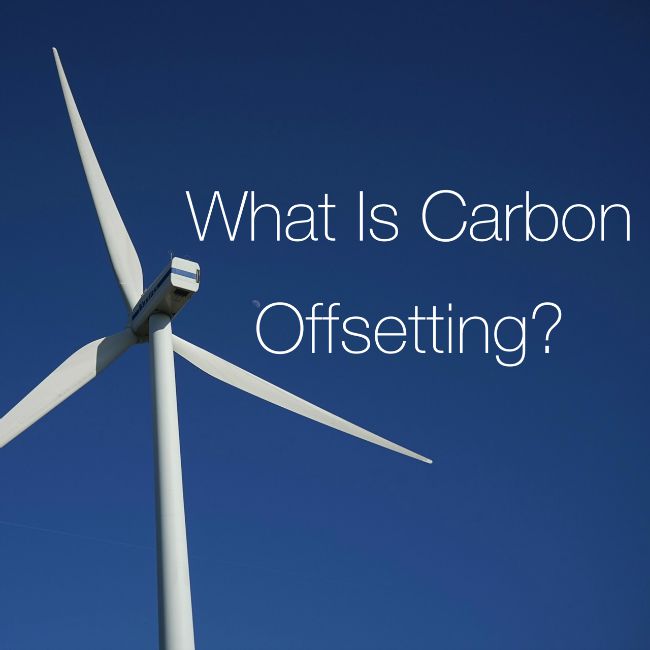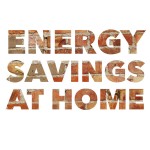If you’ve bought a flight recently or been to a conference you may have seen the option to ‘carbon offset’ your purchase but there is not often a whole lot of information around to explain what it all means. Today I wanted to help with just that and help explain what exactly carbon offsetting is, and why you should care!

In a nutshell, what is carbon offsetting?
Carbon offsetting is basically a series of credits that can be traded to allow individuals and businesses to offset for the emissions that they create through specific activities, or day-to-day life.
How does carbon offsetting work?
Carbon offsetting provides the financing for projects which either create renewable energy or remove carbon from the environment through forestry or conservation projects. The projects funded through carbon offsets must be additional, as in they wouldn’t have occurred if this funding wasn’t received, making them very important for reducing the amount of carbon in our atmosphere.
The carbon offset credits are sold by the tonne to fund a range of projects including wind farms, hydro power stations, protecting forests from logging, capture methane, carbon sequestration or upgrade power plants or factories to make them more efficient. The credits generally range between $10 and $50 a tonne, depending on the risk involved with the project and how hard it is to undertake.
Basically, carbon offsetting allows businesses and individuals to buy credits to cover their energy use when they can’t reduce it any further, or to cover specific carbon-creating things like air travel. They are a great way to contribute to climate change mitigation programs in an indirect but still incredibly important way.
Can we trust it?
When carbon offsetting first starting being a thing there was a lot of skepticism about whether it was really delivering the outcomes it promised, and uncertainty about whether we could trust the providers. Thankfully those days are now behind us, with very strict regulations and controls in place around the selling and purchasing of carbon offset credits. There are formal approval bodies, government regulations to be followed and very rigorous verification standards that must be met. Independent audits are undertaken of all funded projects to ensure they have been built and are operating as expected, and the audits are available online for anyone to read. That’s pretty transparent in my books!
Every carbon credit that is created is given a unique identification number, and once they have been purchased that is registered and logged to ensure credits cannot be purchased twice.
There are a number of standards used here in Australia, including Verified Carbon Standard, The Gold Standard, and the Carbon Farming Initiative.
How can I be involved?
Businesses often buy carbon offset credits to balance out their overall energy use for whatever it is they do, but there are ways for individuals to be involved as well. One easy way is to add the cost of carbon offsetting to any airline tickets you buy, as well as any other event or travel where it is offered (long train trips, conferences, weddings and the like are all common activities that often offer offset options) (say that 10 times fast!).
You can also voluntarily offset every day life by donating to an offset organisation such as the Carbon Neutral Charitable Fund or GreenFleet, which are both registered not-for-profits. Both websites allow you to calculate how many credits you would need to buy to offset particular sources of emissions including cars, flights and your household. The donations are even tax deductible, so that’s a double win!






7x Energy
August 27, 2019 at 10:06 pm (5 years ago)Thanks for clearing it up!
Mim
December 21, 2022 at 3:04 am (1 year ago)Thanks for clearing it up!